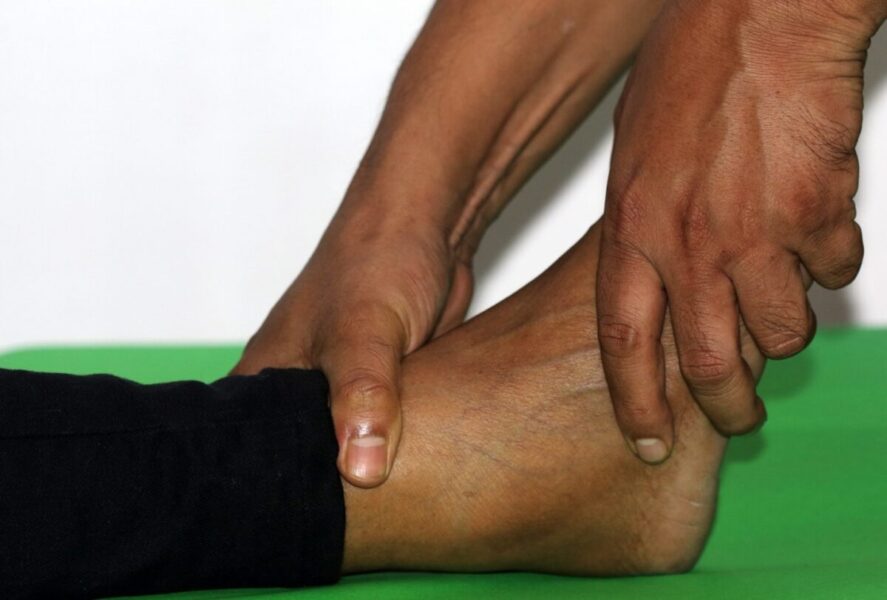Is BMI Misleading You? The Body Roundness Index Offers a Better Measure of Health
For decades, the Body Mass Index (BMI) has been the go-to metric for assessing a person’s health based on their weight relative to height. It’s a simple calculation—divide your weight in kilograms by the square of your height in meters—but is it really the most accurate measure of health? Increasingly, experts are saying “no.” Enter the Body Roundness Index (BRI), a more holistic approach to understanding body composition and its implications for health.
Why BMI Falls Short
BMI has been used to classify individuals as underweight, normal weight, overweight, or obese, but it has significant limitations. One of the major flaws is that BMI doesn’t account for the distribution of fat versus muscle. Two people with the same BMI can have vastly different body compositions. For example, an athlete with a high amount of muscle mass might be classified as overweight or even obese, while someone with a sedentary lifestyle and excess body fat could be classified as normal weight.
Furthermore, BMI doesn’t differentiate between different fat distributions, which is crucial because fat stored in the abdomen (visceral fat) is far more dangerous than fat stored in the hips and thighs (subcutaneous fat). Visceral fat is linked to increased risk of cardiovascular disease, diabetes, and metabolic syndrome.
What Is the Body Roundness Index (BRI)?
The Body Roundness Index aims to address some of these issues by incorporating not just weight and height, but also waist circumference—a key indicator of abdominal fat. Developed in 2013 by researchers at the University of Southern California, BRI is a new metric designed to provide a more accurate reflection of health risks, especially those associated with obesity and fat distribution.
How Does BRI Work?
Unlike BMI, which relies on a simple equation, BRI considers the shape of your body. It uses your height and waist circumference to calculate a “roundness” score, which can give a more nuanced view of your body composition. This approach is more reflective of fat distribution and offers insights into whether you’re carrying excess visceral fat, the type linked to serious health conditions like heart disease and type 2 diabetes.
The formula is slightly more complex than BMI, but the results are far more telling. By focusing on waist size, BRI can pinpoint abdominal obesity, a major risk factor for metabolic disorders, even if your overall weight and BMI seem “normal.”
Why BRI Is a Better Measure of Health
- More Accurate Reflection of Fat Distribution
One of the key advantages of BRI is that it considers where fat is stored on the body. Abdominal fat, in particular, is a red flag for metabolic health issues, and BRI helps to assess this risk more accurately than BMI.
- Accounts for Individual Differences
Unlike BMI, which can misclassify muscular individuals as overweight, BRI gives a more nuanced picture. It can better differentiate between muscle mass and fat, providing a clearer assessment of whether someone is at risk for health problems.
- Predictive Power
Research has shown that BRI is a better predictor of cardiovascular risk than BMI. It is especially effective at identifying individuals at risk of developing conditions like type 2 diabetes, hypertension, and heart disease, even if they fall into the “healthy” range according to their BMI.
- Holistic Health Monitoring
BRI is not just a tool for determining obesity; it can be used to monitor changes in body composition over time. If you’re working on losing fat and building muscle, BRI provides a more meaningful way to track progress.
How to Calculate Your BRI
To calculate your BRI, you’ll need your waist circumference and your height. Fortunately, there are online calculators that make it easy to find out your score without having to manually plug numbers into formulas.
Should You Ditch BMI Altogether?
BMI still has its uses in certain contexts, particularly for large-scale population studies where individual differences are less relevant. However, for personal health assessments, BRI offers a more complete picture. If you’re serious about understanding your health risks and making informed decisions about your body, it’s worth considering BRI as a better alternative.
The Future of Health Metrics
With an increasing focus on personalized health, the limitations of one-size-fits-all metrics like BMI are becoming more apparent. As science continues to evolve, newer, more sophisticated measures like BRI are likely to become standard in assessing health risks. Moving forward, incorporating additional metrics like body fat percentage, waist-to-hip ratio, and even genetic factors will allow for a much clearer picture of individual health.
To learn more, check out this summary from The New York Times.
If you’ve ever been frustrated by a BMI classification that didn’t seem to match how you felt about your body, you’re not alone. BMI is a blunt tool that often oversimplifies complex issues of body composition and health. The Body Roundness Index, by contrast, offers a more nuanced and accurate assessment, particularly when it comes to the distribution of body fat. Whether you’re trying to reduce your risk of chronic disease or simply want a better understanding of your health, BRI is a valuable metric worth exploring.
Elevate your experience even further by incorporating carefully curated supplements from the renowned Asher Longevity Institute, igniting a holistic approach to optimize your body’s vitality and well-being.




